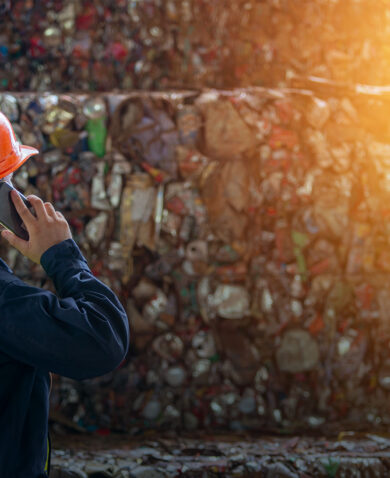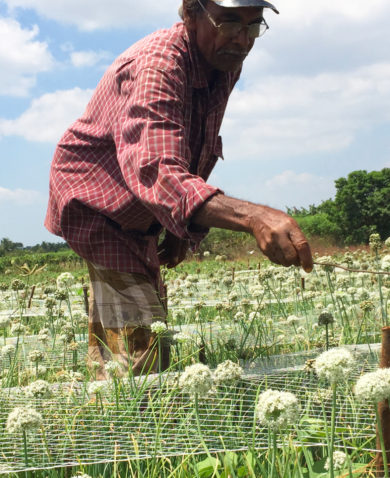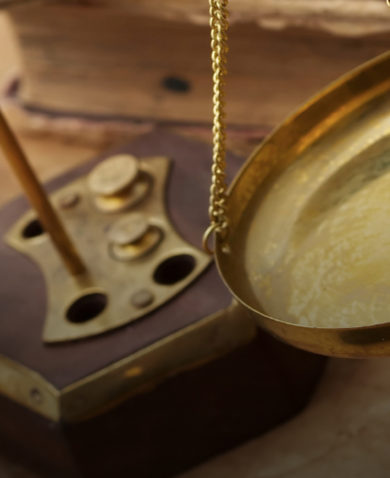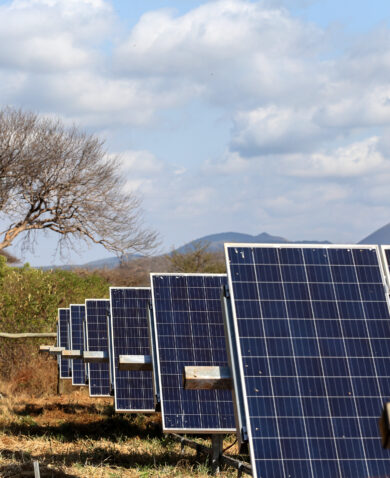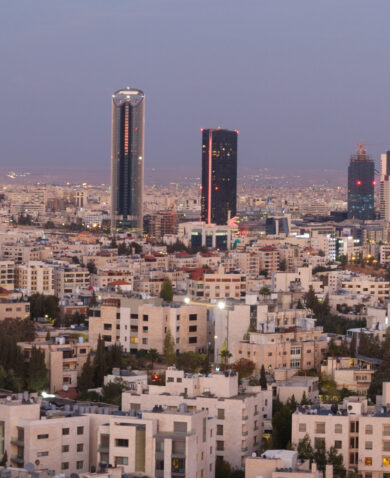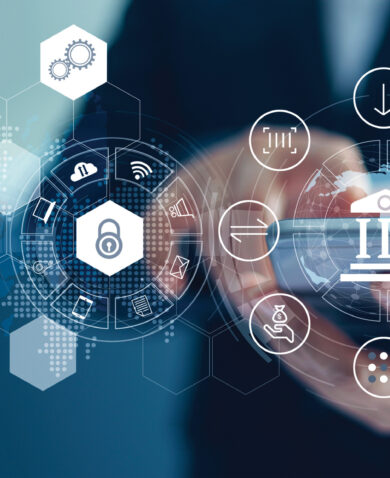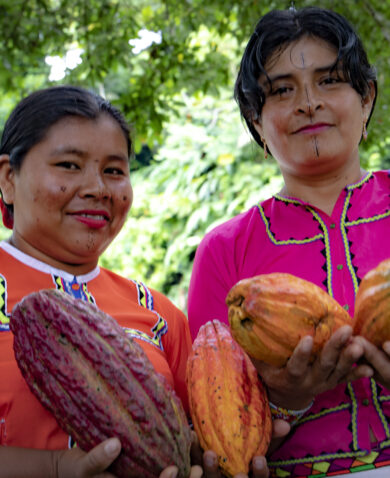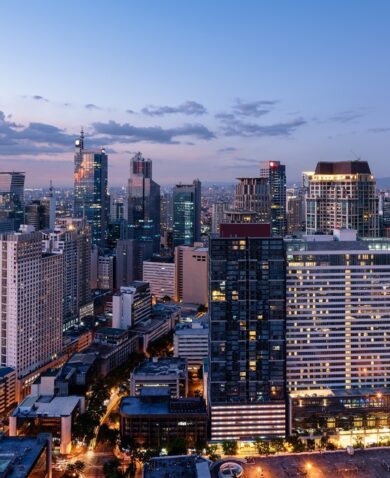
Sequencing for Success in Blended Finance Solutions
December 12, 2018 | 5 Minute ReadHow can implementers use blended finance to mobilize capital? Chemonics and LixCap share their experiences with sequencing and explore its potential.
For emerging markets, blended finance is the new cool kid on the block. It’s a tool that facilitates access to finance around the world, and it’s gaining momentum with the international development community. While articles discussing blended finance abound, development practitioners increasingly seek specific information about how to “do” blended finance. Chemonics and LixCap know of one blended finance solution that allows implementers to make the most of private sector investment: sequencing.
So, what is blended finance?
Blended finance leverages private sector capital and resources in service of development goals, thereby reducing the demand for development resources and lowering financial risks to attract continued private investment. As of 2018, blended finance has mobilized more than $126 billion in capital towards sustainable development solutions. Many of the development tools blended finance leverages are well established, such as credit guarantees or technical assistance facilities, but structuring and sequencing them to explicitly target private sector participation is gaining momentum.
What do we mean by “sequencing?”
In blended finance, sequencing refers to using different finance tools strategically at different times in the life of a program or in a company’s operations during pre-identified and critical growth stages. For instance, a nascent company may seek grants through a technical assistance facility to address an aspect of its operations hindering bankability, while a mature program would be better placed to seek concessional financing with market expansion opportunities on the table. Both technical assistance facilities and concessional financing are tools in the blended finance toolbox, but each is strategically introduced based on a company’s current size, market opportunities, and growth trajectory.
Why is sequencing important?
Sequencing is critical to understand how a specific company or project can most successfully attract investment capital. Introducing blended finance solutions that are not aligned to a company’s reality can have adverse effects on increased investment. For example, a nascent company could further deter private sector investors by seeking equity investment, which they may not be prepared to apply for, as equity investments are associated with low financial returns and high risk. However, a nascent company seeking targeted technical assistance to identify promising export opportunities can show private investors that the company is addressing risk factors and is geared towards growth. As the nascent business gets off the ground, receives technical assistance, and demonstrates sustainable growth, it can then — as the next step in the sequence — tap into more complex financial tools, like commercial loans, development finance institution (DFI) support, and leasing mechanisms.
Below, we list various tools that can be introduced based on the maturity level of a company:
1. Nascent: Classic development grants, technical assistance
2. Pilot: Start-up capital, seed capital, investment from friends and family
3. Viable: Local family offices, high net worth individuals, commercial lending, credit guarantees, leasing, concessional financing
4. Growth-oriented: DFI credit and lending, impact investors
5. Ready for scale-up: Equity capital, revenue-based financing
6. Mature: DFI support for private equity, international strategic investors
How do you operationalize sequencing?
While sequencing depends on the stage and nature of a program or company, the following examples from LixCap and Chemonics programs provide additional insights into operations.
LixCap developed North Africa’s largest cold storage facility by sequencing development and financing tools to build an attractive investment opportunity for the private sector. Starting as a subcontractor to DAI London under the USAID Morocco Economic Competitiveness Program in 2011, LixCap identified potential areas of investment in Morocco’s cold chain. This created market mapping and feasibility study materials that would lay the foundation for future investment. After the program ended, LixCap took the next step in 2013 and targeted one opportunity for development, creating local company Atlas Cold Port to manage the investment process. LixCap then improved the cold storage project’s prospects by securing contracts with the landholder and local private sector partners. In 2014, LixCap also utilized USAID’s Development Credit Authority (DCA) to obtain a $7 million credit guarantee and reduce financial risk for investors. With project and financial building blocks in place, LixCap conducted sales and marketing outreach for potential investors and ultimately secured private financing from a local family office and a regional strategic investor. With financing secured, construction of the facility began in 2015. In 2016, the Friopuerto Tanger Med cold storage facility opened for business.
Under the USAID Moldova Competitiveness Project (MCP), Chemonics supports Moldovan internet provider StarNet’s launch of Moldova’s first digital information technology (IT) park: the Digital City IT Park. MCP has encouraged sequencing in financing to maximize private investment. StarNet’s search for financing began in 2016 and resulted in a USD $17 million private greenfield investment to develop the Park. With an initial investment in hand, more capital to raise, and ongoing substantial construction taking place, StarNet and MCP joined forces to push forward development of the Park. In 2017, MCP facilitated a DCA loan guarantee for StarNet totaling USD $8.9 million for 12 years and 30 percent coverage to build the second building in the IT park. The guarantee increased the credibility of StarNet in front of lending institutions leading to reduced interest rates and the potential to lower the total cost of the project. Looking forward, MCP will support StarNet to promote the Digital IT Park and attract domestic and foreign IT companies to become residents since StarNet must fill 80 percent of the first building before it can pursue the second tranche of funding from the bank. The Digital City IT park will be fully commissioned by 2022 and will create a physical hub for IT companies and technology start-ups, hosting more than 2,500 jobs and 50 technology firms in Moldova.
How do we determine which blended finance tool is most appropriate?
Two guiding questions can help you determine which tools are best suited for your project:
1. What is the expected financial return of my project?
To attract private investment, aligning priorities with those of investors is important. Private investors are traditionally concerned with risk and returns. When the internal rate of return and net present value of a potential investment are identified, the risks and returns are quantified. For example, a higher return (eight to 12 percent) shows that a company is promising and likely needs less assistance to attract investment. Your project may or may not have commercial viability; it is the projected risk/return profile that establishes this.
2. Who are likely investors for my project?
Identifying relevant investment actors is critical. DFIs play a key role in bridging development needs with financial support. As such, they can tolerate more risk and lower returns. Private investors are commonly thought of as private equity or venture capital actors, seeking high (15 percent or more) returns. However, other private financial groups should not be overlooked. Commercial banks and lenders, local family offices or conglomerates, and international strategic investors are all potential sources of investment for development projects.
In summary, while the development community looks to blended finance as a strategy for mobilizing private sector funds towards sustainable development, thoughtful reflection about sequencing appropriate development and private sector financing tools is critical to achieve maximum results. Private investors are wary of risks in emerging and frontier markets, but development actors can best understand these risks and propose tailored solutions to catalyze growth and reduce risk. Sequencing can reduce these risks and unlock the private investment needed to scale impact and achieve sustainability.
Posts on the Chemonics blog represent the views of the authors and do not necessarily represent the views of Chemonics.






